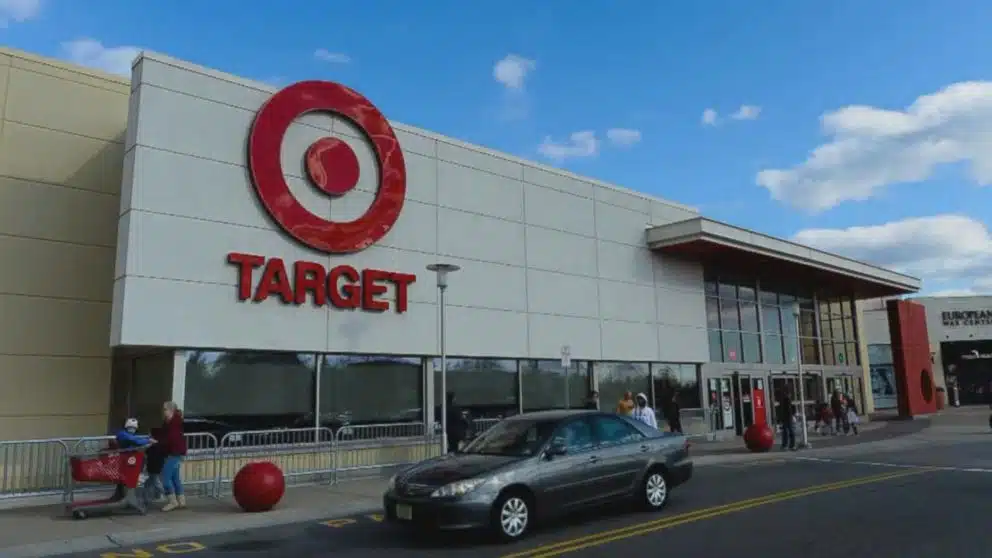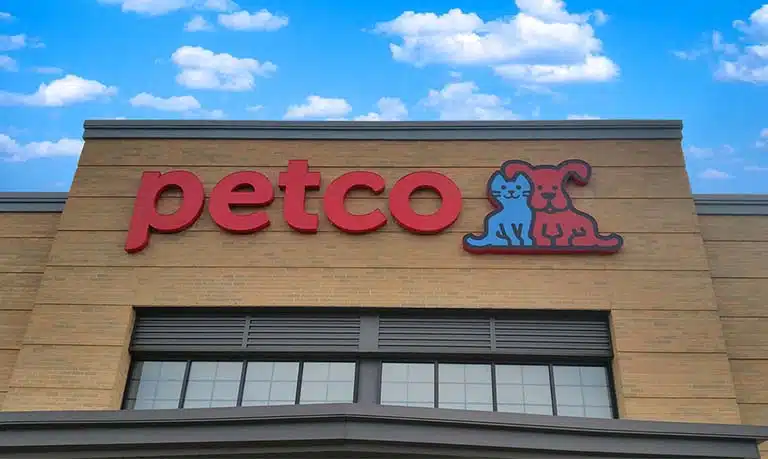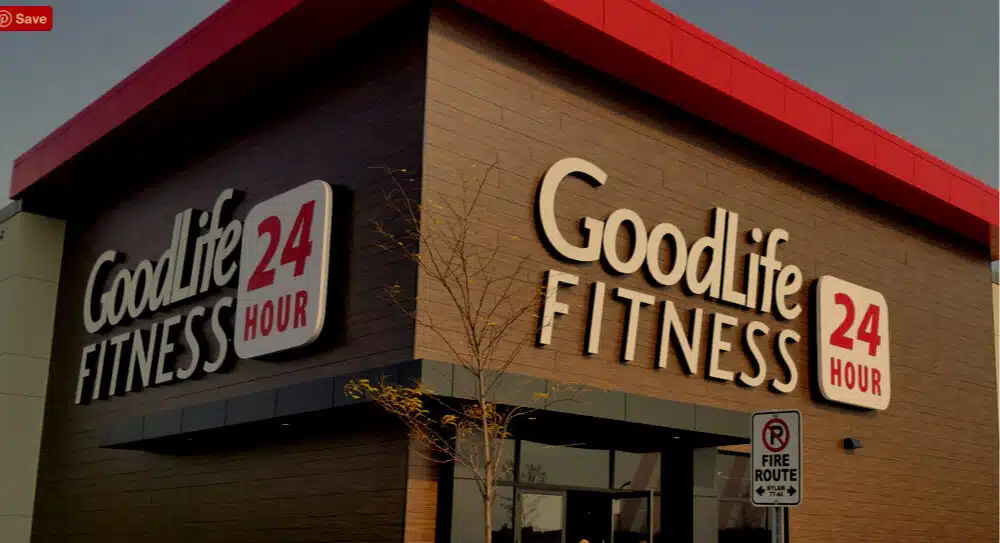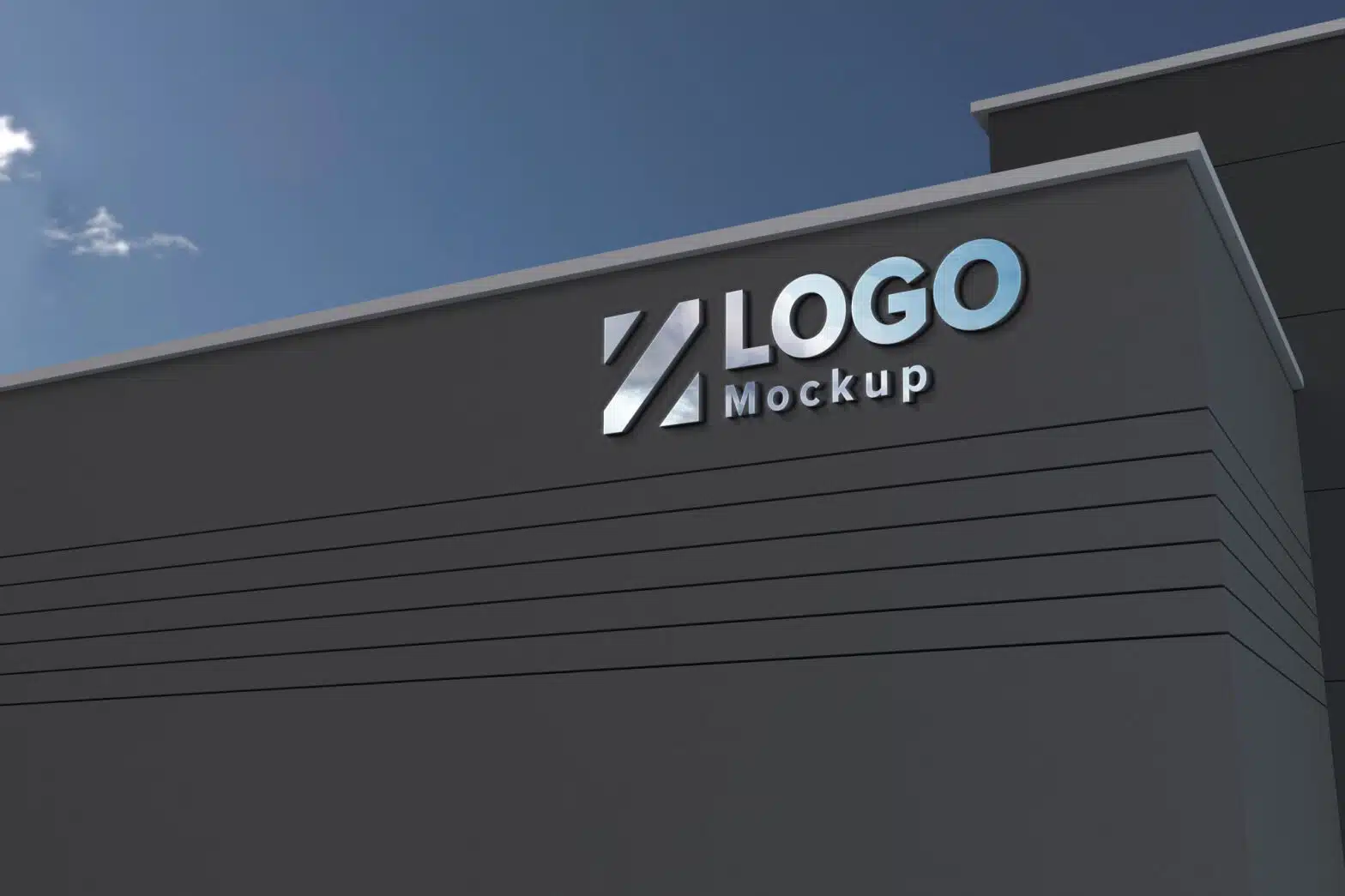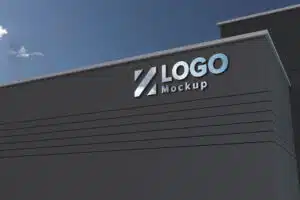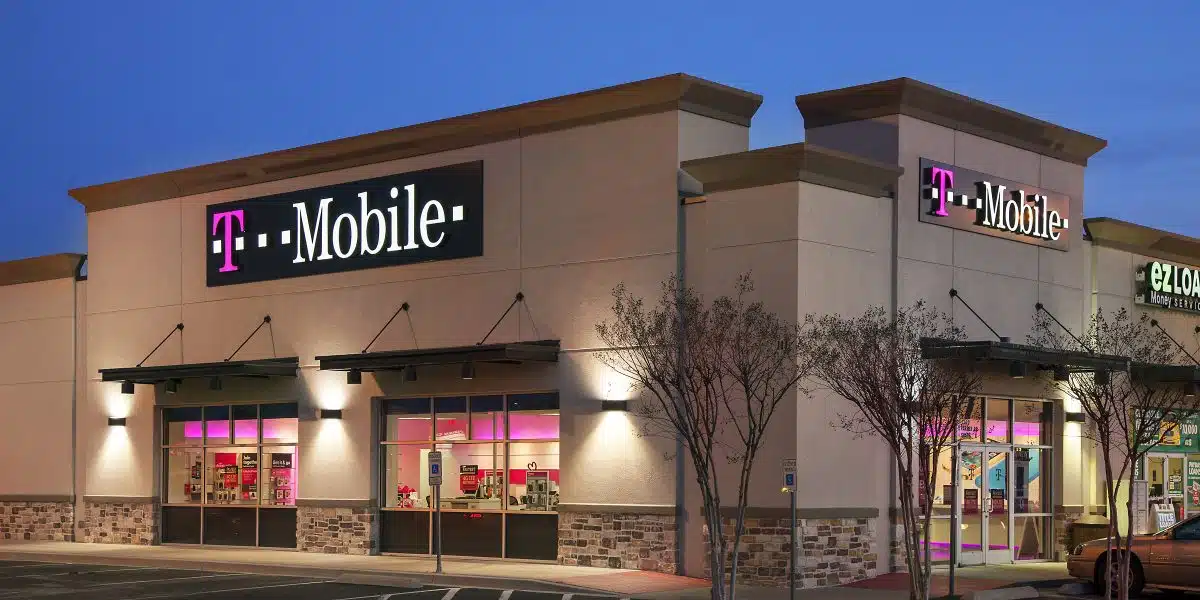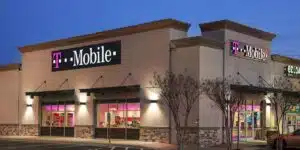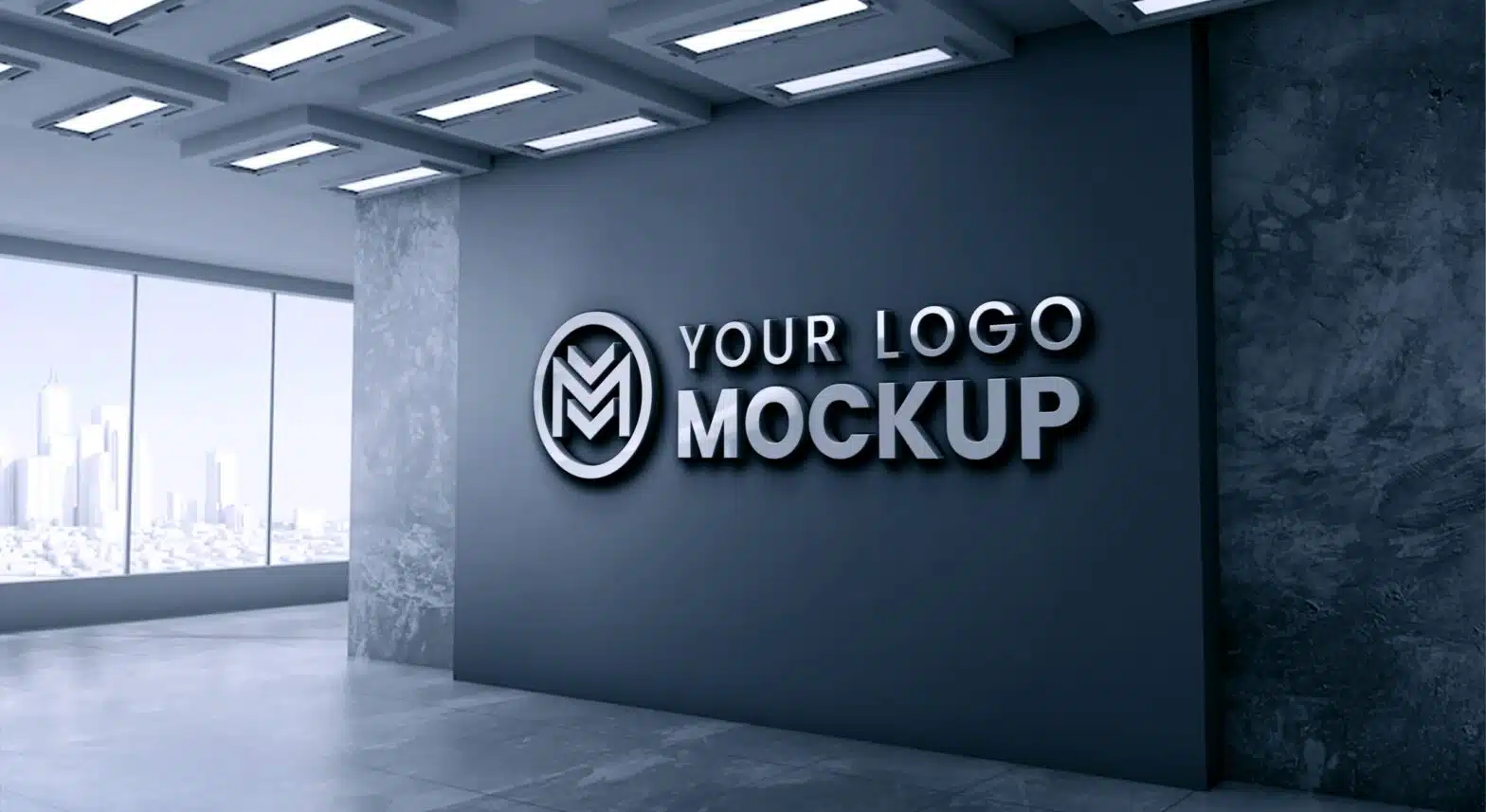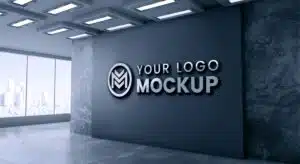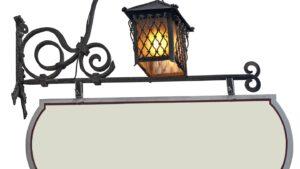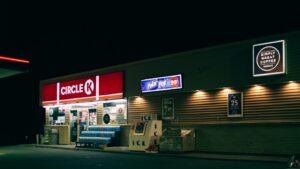Table of Contents
Creating an Impact with Monument Signs: A Comprehensive Guide
Establishing a strong presence for your business or organization is straightforward with the use of monument signs. These impressive, permanent structures serve as excellent markers, guiding visitors to your location from afar.
Step 1: Selecting the Ideal Location
The first crucial step in erecting a monument sign is choosing the right spot. It’s essential to ensure that the sign is easily visible to everyone who needs to see it.
Step 2: Securing Necessary Permits
Depending on your locality and the type of sign you wish to install, obtaining permits may be necessary. Before commencing any installation work, reach out to your local government or municipality to clarify which permits are required.
Step 3: Preparing the Installation Site
Once you have secured all necessary permits, it’s time to prepare the site for your monument sign. This preparation may involve clearing debris, leveling the ground, and removing any pre-existing signage that could obstruct visibility.
Step 4: Installing Footings
The next step involves installing footings for your sign. These robust concrete bases are designed to support the weight of the structure effectively. Ensure that they are level and securely set before moving on.
Step 5: Attaching Sign Panels
After establishing stable footings, proceed with attaching the sign panels. These large components form the main body of your monument sign. Verify their stability and alignment before advancing further in installation.
Step 6: Adding Decorative Caps
The final touch involves placing a decorative cap atop your monument sign. Typically made from heavy materials like stone or concrete, this cap should be securely affixed once positioned correctly.
Add Lighting (Optional)
If you want your monument sign to stand out during nighttime hours, consider incorporating lighting options such as floodlights or other outdoor fixtures for enhanced visibility.



